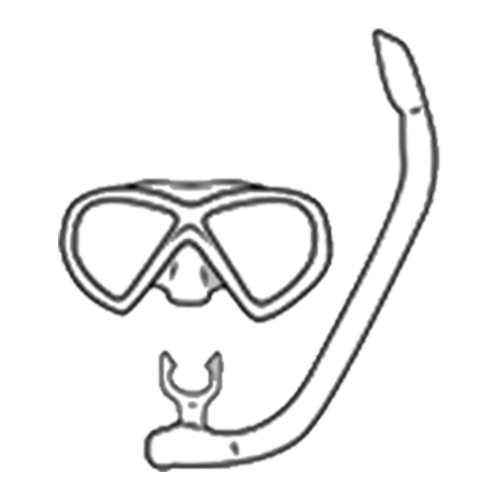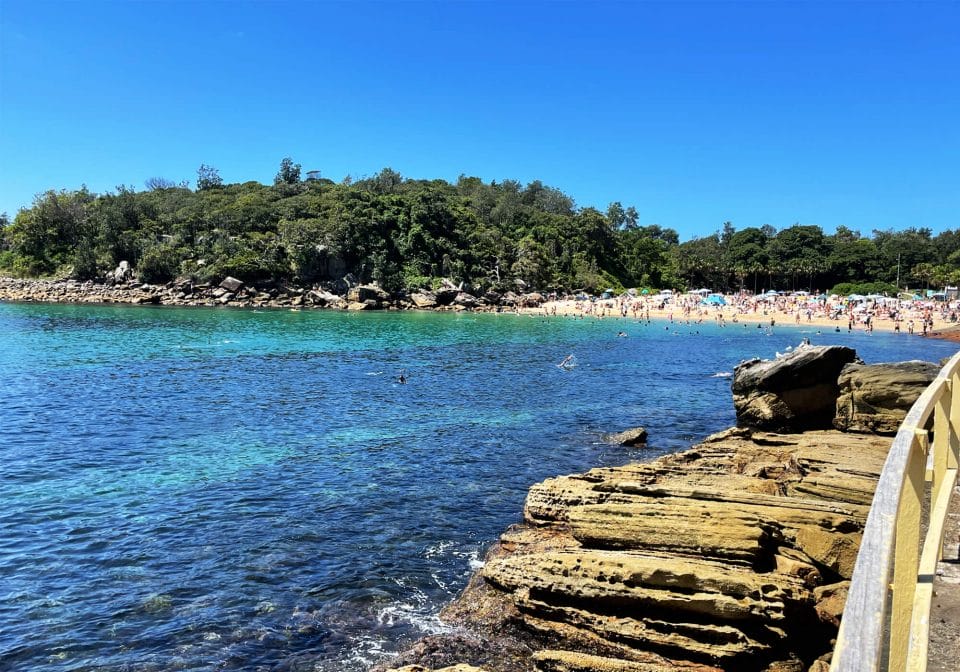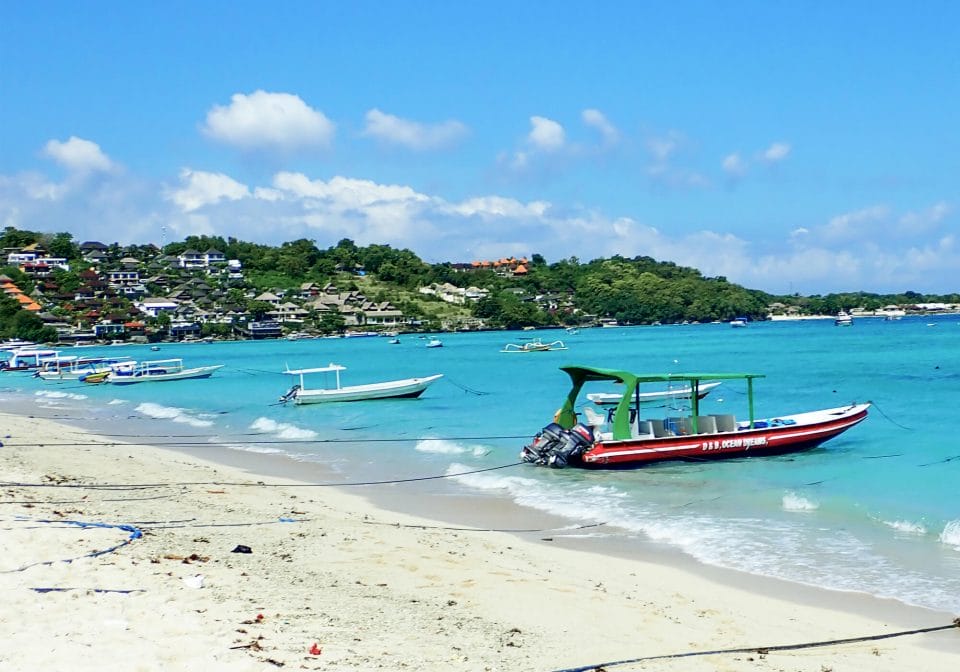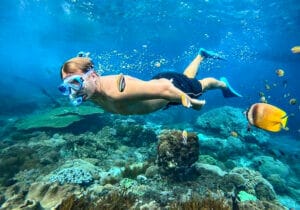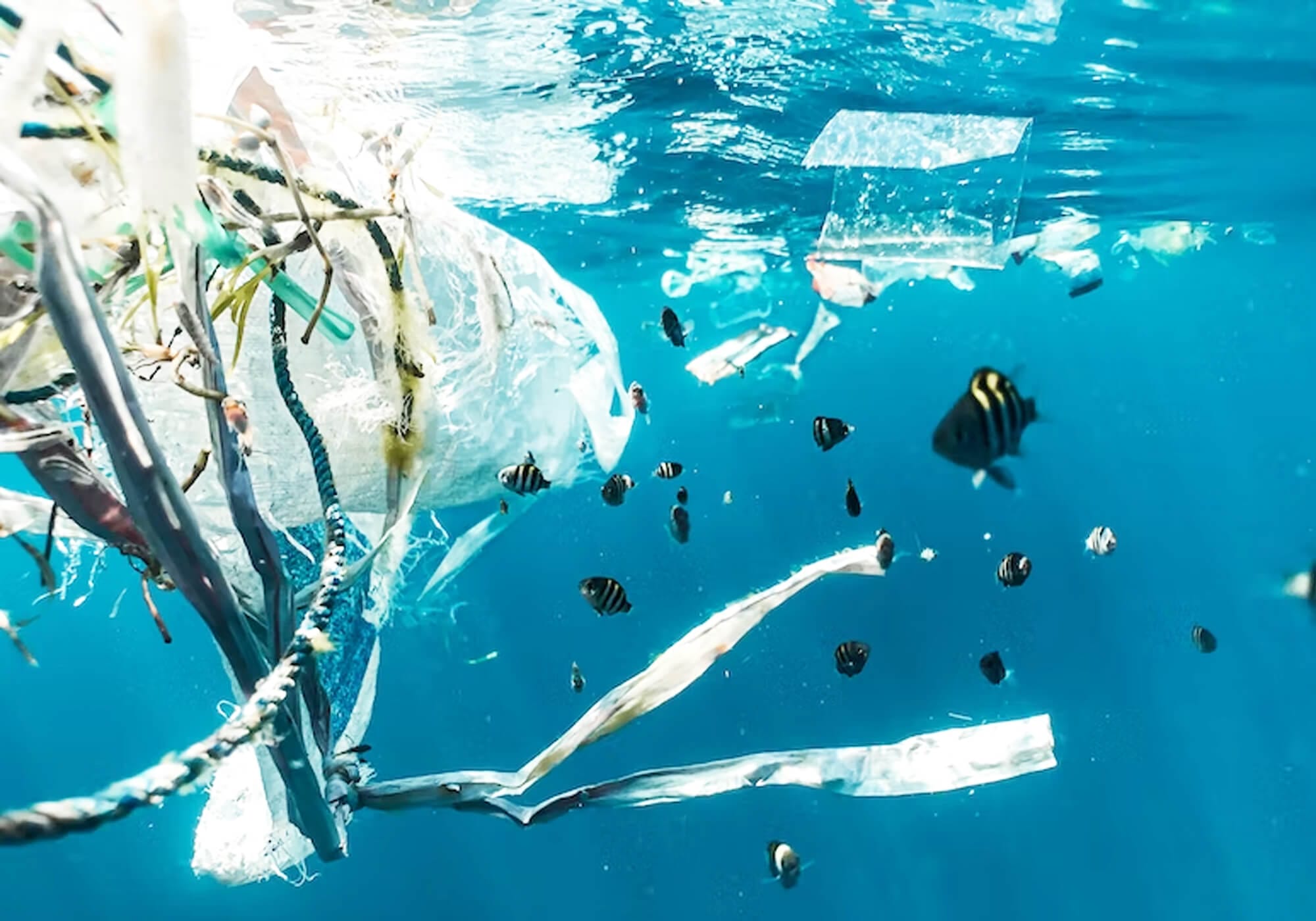

Why is there plastic in the ocean?
Improper human waste disposal leads to plastic making its way into rivers, streams, estuaries and the ocean through.
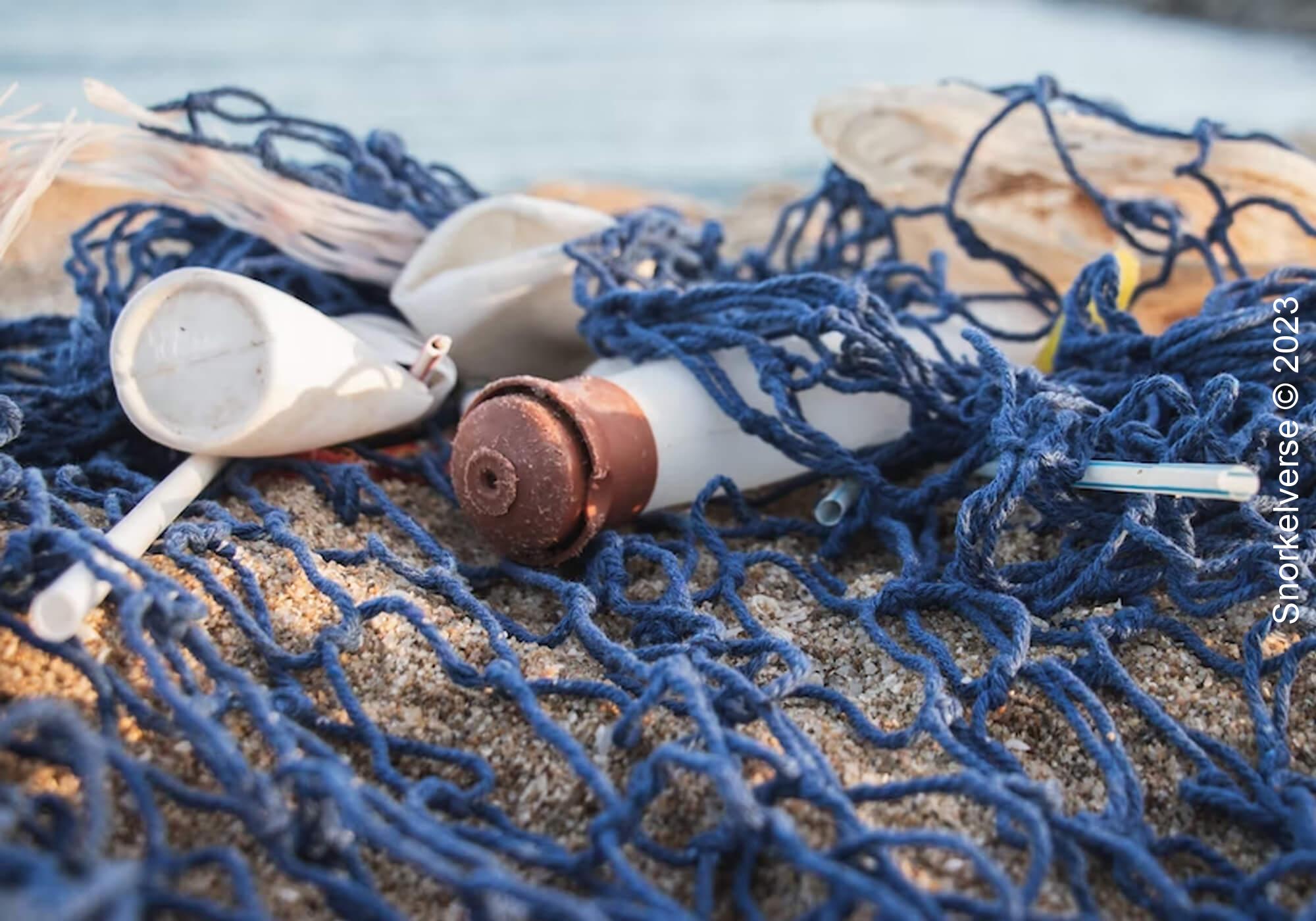

Negative impacts
Harm To Marine Life
Plastics can be mistaken for food to marine life, leading to ingesting plastic, choking, entanglement, injury, and fatality.

Human Health
As animals and fish digest plastic from the ocean, micro-plastic build up within their bodies and the food chain, which can have negative health effects if consumed by humans.

Water Pollution
Water pollution includes plastic/micro plastics, bacteria and pathogens from human waste, additional sediment due to human coastal activity, nutrients from fertilisers causing algae growth.

Economic Impact
Plastic can effect sustainable tourism, fishing, and other activities that rely on a healthy marine ecosystem.

Fact Sheet

Ocean Protection
The world has recognised the negative impacts of single use plastics and the effect of plastic in our oceans. Innovative solutions have been created to remove discarded plastics and target giant islands of plastic that live in the ocean. Below we’ve identified some of the key innovations.
Large Boom Catchment
There are a number of initiatives to clean up large plastic garbage patches in the oceans around the world, including the Great Garbage Patch in the North Pacific ocean. A boom is a large barrier that can contain large areas of water and then enable capture of plastic for removal.
Govenmental Plastic Legislation
These include bans on single use plastics, taxes on plastic bags, and even initiatives to provide compensation for returning plastic bottles.
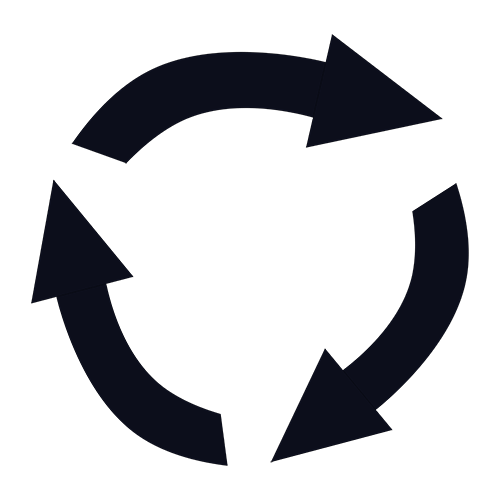
Recyclement of Plastic
Recycling plastics can reduce the plastic that end up in landfill and the ocean. This extends the life of plastic and is more environmentally friendly that single use.
Waste Management
There are a number of waste management techniques to reduce plastic entering the ocean. This includes recycling, educating the public, proper disposal of waste, available recycling and regular trash cans.

Frequently Asked Questions
What is the main cause of plastic pollution in the ocean?
The main cause of plastic in the ocean is human activity, predominantly poor disposal of plastic product and single use plastic. Once plastic enters the ocean it can remain for hundreds of years and travel great distances. There are few practices to remove plastic in bulk, meaning that the plastic can cause harm to wildlife. Reducing plastic useage, specifically single use and better recycling practices and waste management practices can reduce plastic entering the ocean.
What ocean has the most plastic?
The North Pacific ocean has an area known as the Great Garbage Patch and is thought to have the largest concentration of plastic in the worlds oceans. This area is located between Hawaii and California.
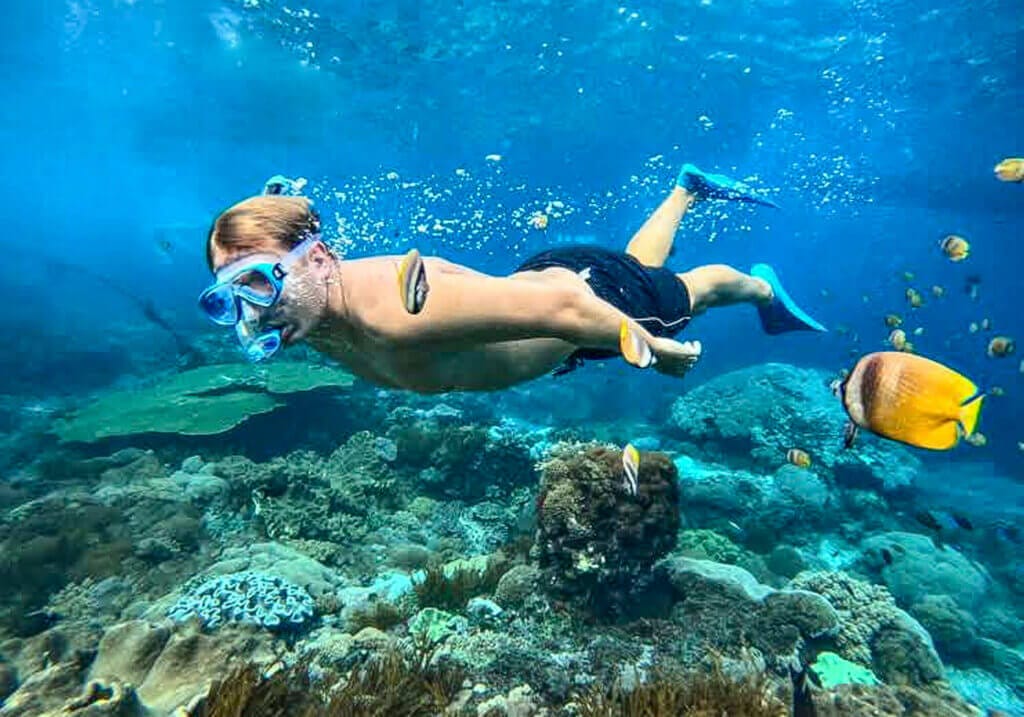
Luke
FOUNDER
Luke is a passionate snorkeler who started Snorkelverse to live his dream of combining his passions for snorkeling, marine life, protecting marine ecosystems, and helping others.
Top threats to coral reef


